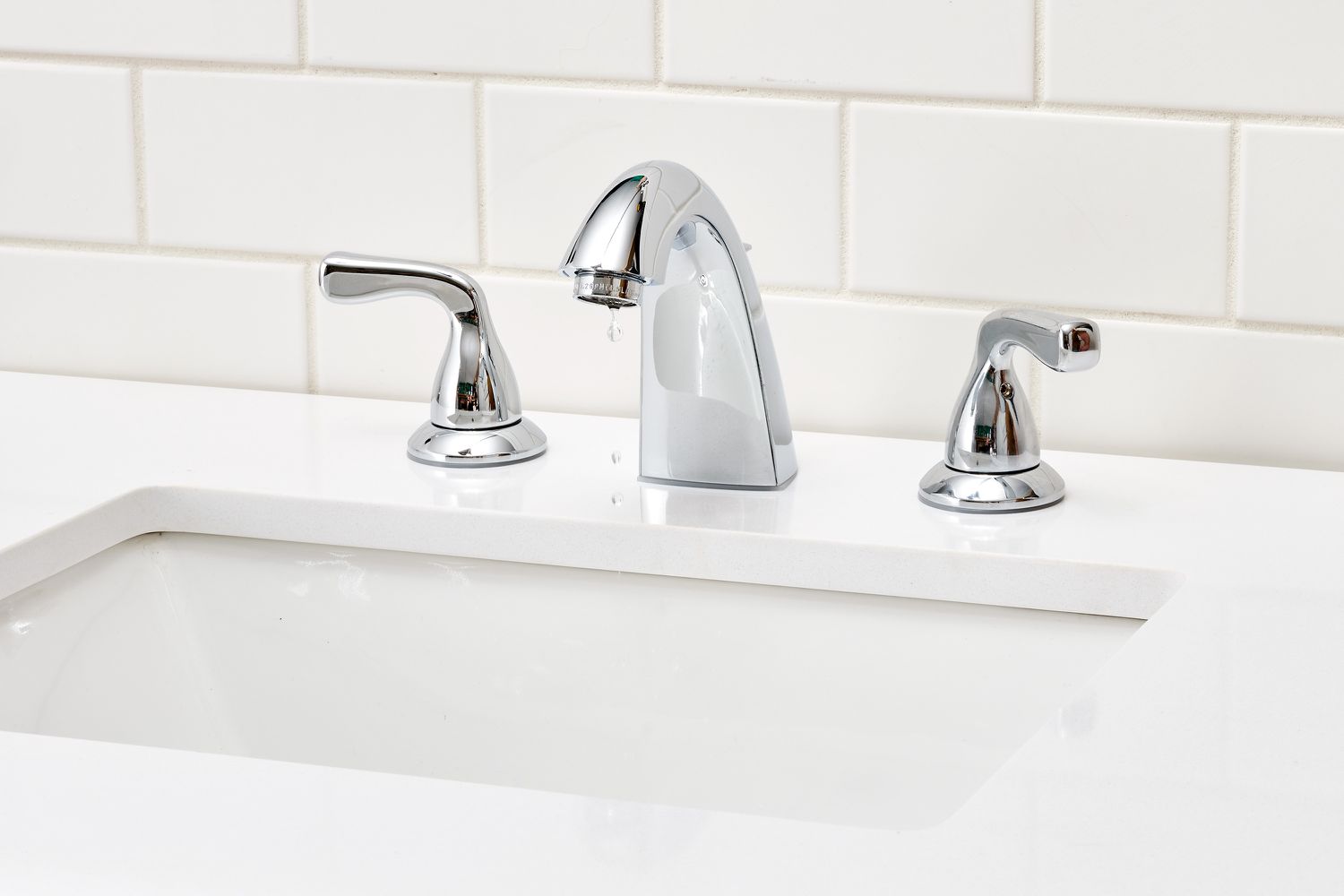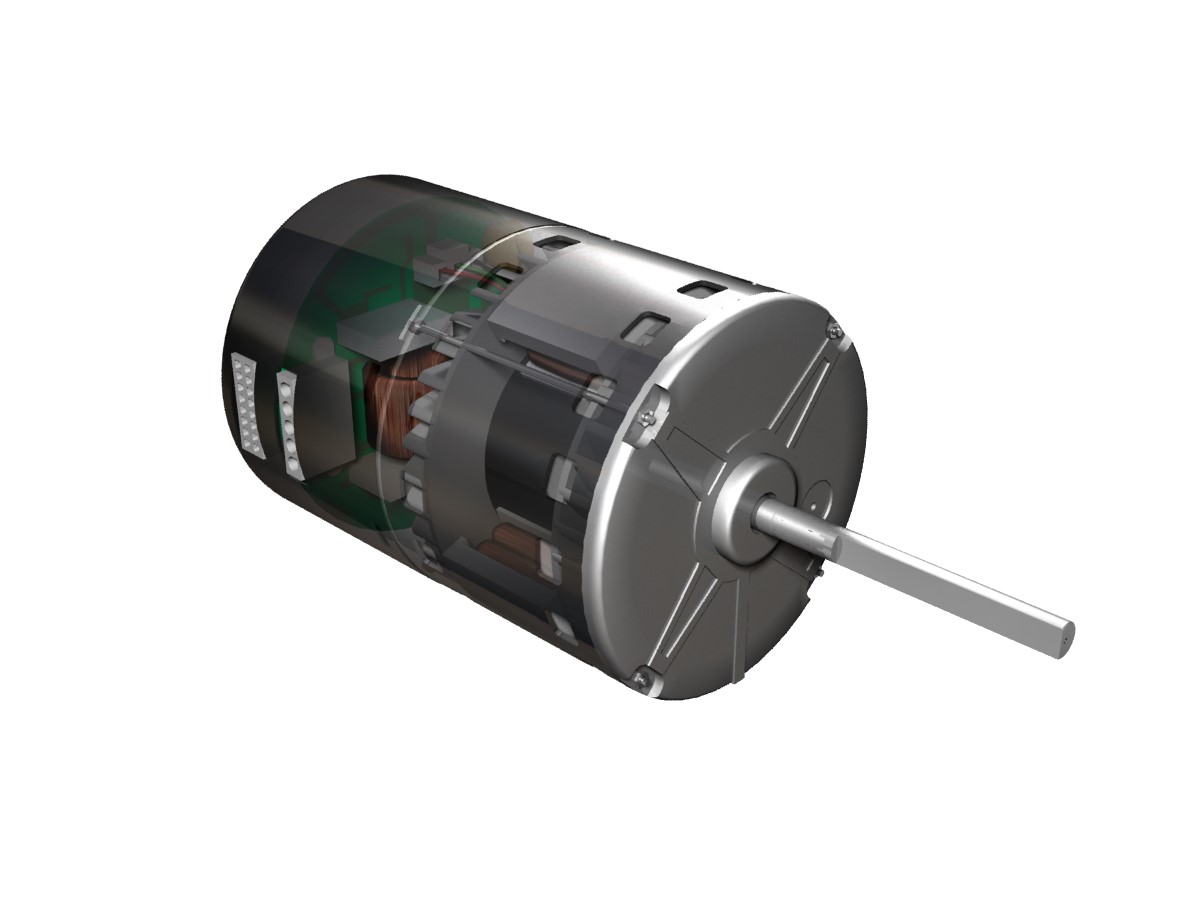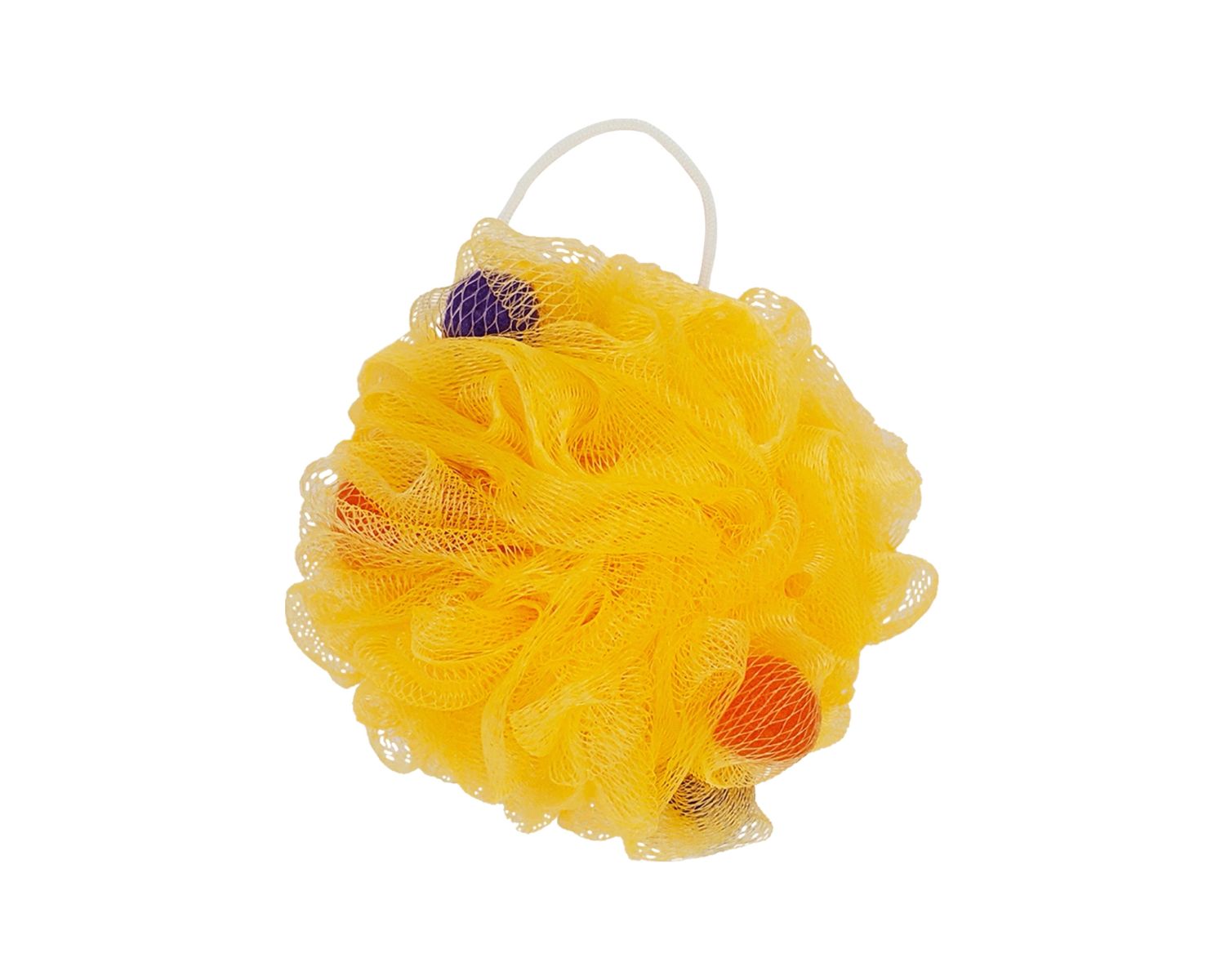

Articles
What Does Pulse Mean On A Blender
Modified: January 6, 2024
Discover what "pulse" means on a blender in our informative articles. Explore the different uses and benefits of pulse mode for blending.
(Many of the links in this article redirect to a specific reviewed product. Your purchase of these products through affiliate links helps to generate commission for Storables.com, at no extra cost. Learn more)
Introduction
The pulse function on a blender is a commonly used feature that can help elevate your blending experience to the next level. Whether you’re a seasoned chef or just a casual home cook, understanding how to utilize the pulse function can significantly enhance the versatility and efficiency of your blender.
In this article, we will delve into the definition of the pulse function on a blender, how it works, and the multiple benefits it offers. We will also provide some valuable tips for using the pulse function effectively, debunk common misconceptions, and highlight the importance of following safety precautions when utilizing this feature.
So, if you’ve ever wondered about that mysterious “pulse” button on your blender and how to make the most of it, keep reading to unlock its secrets and revolutionize your blending game.
Key Takeaways:
- Elevate your blending game with the pulse function on a blender, providing precise control, efficient mixing, and time-saving benefits. Unleash its potential for versatile and convenient culinary adventures.
- Embrace the pulse function’s versatility and safety precautions to achieve outstanding blending results. From preserving texture to debunking misconceptions, maximize its benefits for a seamless and safe blending experience.
Definition of Pulse Function on a Blender
The pulse function on a blender is a specific setting that allows for short bursts of power at regular intervals. Unlike the continuous blending mode, which runs the blender at a constant speed, the pulse function operates at a higher speed for a short period before automatically turning off. This intermittent action enables precise control over the blending process and gives you greater flexibility in achieving your desired results.
When you press the pulse button, the blender’s motor rapidly spins the blades for a brief moment, providing quick, powerful bursts of energy. This allows you to finely chop, mix, or blend ingredients without overprocessing them. The pulse function is particularly useful for tasks such as creating chunky salsas, grinding spices, crushing ice, or incorporating delicate ingredients into a mixture, where precision and control are key.
Think of the pulse function as the accelerator pedal in a car – it gives you the ability to rev up the blending process when needed, allowing you to maintain a firm grasp on the texture and consistency of your ingredients. It provides a manual override that adds an extra level of control to the blending experience, empowering you to achieve the exact results you desire.
Now that we’ve established what the pulse function is and its purpose, let’s explore how this handy feature actually works.
How Does the Pulse Function Work?
The pulse function on a blender operates through a simple mechanism that harnesses the power of the blender’s motor. When you press the pulse button, it sends a signal to the motor, instructing it to rapidly spin the blades for a short burst of time. This burst of power allows the blender to quickly and efficiently chop, mix, or blend the ingredients without running continuously.
One of the key advantages of the pulse function is its ability to provide precise control over the blending process. Since the pulse function operates in short bursts, it allows you to make quick adjustments and monitor the texture and consistency of your mixture more effectively.
For example, if you’re blending a chunky salsa and want to maintain some texture, you can pulse the blender a few times to evenly distribute the ingredients without turning them into a puree. Similarly, if you’re grinding spices, you can use the pulse function to ensure even grinding without overheating the spices.
The duration and intensity of the pulse function can vary depending on the blender model. Some blenders have adjustable pulse settings, allowing you to control the length and speed of the bursts. Others might have a fixed pulse function with a predetermined burst pattern. Either way, the pulse function gives you more control over the blending process than a traditional continuous blend.
Additionally, the pulse function can work in conjunction with other blending settings. For example, you can use the pulse function to start the blending process and then switch to a continuous blend for a smoother consistency. This versatility allows you to customize your blending experience based on the specific requirements of your recipe.
Now that we understand how the pulse function works, let’s explore the benefits of incorporating this feature into your blending routine.
Benefits of Using the Pulse Function
The pulse function on a blender offers several key benefits that can enhance your blending experience. Let’s explore some of the advantages:
- Precise Control: The pulse function provides you with precise control over the blending process. By utilizing short bursts of power, you can achieve the desired texture and consistency without overprocessing the ingredients. Whether you’re looking for a chunky salsa or finely ground spices, the pulse function allows you to customize the result to your liking.
- Efficient Mixing and Blending: The pulse function is exceptionally efficient when it comes to mixing and blending ingredients. It ensures even distribution and incorporation of different components without overworking the mixture. This makes it ideal for recipes that require gentle mixing, such as batter for pancakes or muffins.
- Preserves Texture and Nutrients: The pulse function is particularly beneficial when you want to maintain the texture and nutrients of certain ingredients while still achieving the desired blend. It prevents overprocessing and preserves the integrity of delicate ingredients like herbs, nuts, or fruits.
- Reduces Risk of Overheating: Continuous blending for extended periods can generate heat, which may affect the quality of certain ingredients. The pulse function’s intermittent nature helps reduce the risk of overheating, especially for heat-sensitive ingredients like chocolate or certain oils.
- Facilitates Easy Incorporation: The pulse function aids in the easy incorporation of ingredients into a mix or batter. By pulsing the blender, you can gently fold in ingredients like chocolate chips, nuts, or dried fruits without overmixing or crushing them.
- Time-Saving: The pulse function allows for quick bursts of power, which can significantly reduce blending time compared to continuous blending. This feature is particularly handy when you’re in a rush or need to blend large quantities of ingredients in a short period.
These benefits highlight the versatility and efficiency of the pulse function, making it an essential tool for various blending tasks. However, to make the most of the pulse function, it’s important to keep a few vital tips in mind.
Pulse on a blender means the ability to blend in short bursts, allowing for more control over the texture of the ingredients. Use the pulse function to quickly chop or mix without over-blending.
Tips for Using the Pulse Function
To maximize the effectiveness of the pulse function on your blender, here are some helpful tips:
- Start Slow: When using the pulse function, begin with short pulses and gradually increase the duration if needed. This allows you to have better control over the blending process and prevents overprocessing the ingredients.
- Use Short Bursts: Instead of holding down the pulse button continuously, try using short bursts of power. This helps to maintain texture and avoid turning the ingredients into a puree.
- Experiment with Timing: Different recipes and ingredients require different pulse durations. Experiment with various timing intervals to achieve your desired texture and consistency. For example, a salsa may require shorter pulses to retain some chunkiness, while a smoothie may benefit from longer pulses to ensure a well-blended concoction.
- Pause and Assess: After each pulse, take a moment to assess the texture and consistency of the mixture. This way, you can determine if additional pulsing is necessary or if you have achieved the desired result.
- Avoid Overfilling: Be mindful not to overfill the blender container when using the pulse function. Leave enough room for the ingredients to move freely and blend evenly.
- Utilize Pulse-Burst Combinations: Experiment with combining pulse bursts with continuous blending. Start with a few pulses to incorporate ingredients, then switch to continuous blending to achieve a smoother consistency. This technique is particularly useful for making creamy soups or sauces.
- Clean Immediately: After using the pulse function, clean the blender container and blades promptly. This prevents any residual ingredients from hardening or becoming difficult to clean later on.
By following these tips, you can make the most of the pulse function and achieve outstanding results in your blending endeavors. However, it’s important to address some common misconceptions surrounding the pulse function to ensure its proper understanding.
Common Misconceptions about the Pulse Function
There are a few common misconceptions about the pulse function on a blender that need to be addressed. Let’s debunk these myths:
- Pulse Function is only for Crushing Ice: While the pulse function is indeed excellent for crushing ice, its capabilities go way beyond that. It is a versatile feature that can be used for various blending tasks, such as chopping vegetables, grinding spices, mixing batters, and incorporating ingredients into a mixture.
- Pulse Function is the same as Continuous Blend: The pulse function is distinct from the continuous blend setting on a blender. While the continuous blend runs the blender at a constant speed, the pulse function operates in short bursts of power. This intermittent action allows for more control and precision in achieving the desired texture and consistency of your blend.
- Pulse Function is only for Professionals: The pulse function is user-friendly and can be used by anyone, regardless of their culinary expertise. Whether you’re a beginner or an experienced cook, understanding how to utilize the pulse function can greatly enhance your blending skills and cooking outcomes.
- Pulse Function is Dangerous: Some people worry that the pulse function can be dangerous due to its high-speed bursts. However, as long as you follow safety precautions and use the pulse function responsibly, it is a safe feature to use. Always read the blender’s manual and familiarize yourself with the recommended guidelines for using the pulse function.
By dispelling these misconceptions, you can fully embrace the pulse function and make the most of its benefits without any hesitations or doubts. However, it’s important to keep in mind the safety precautions when using this feature.
Safety Precautions when Using the Pulse Function
While the pulse function on a blender is a useful and convenient feature, it’s important to prioritize safety. Here are some safety precautions to keep in mind:
- Read the Manual: Before using the pulse function or any other feature on your blender, thoroughly read the instruction manual. Familiarize yourself with the specific guidelines provided by the manufacturer to ensure safe usage.
- Avoid Overloading: Do not overload the blender container beyond its recommended capacity when using the pulse function. Be mindful of the maximum fill line indicated on the container to prevent any overflow or damage to the blender.
- Secure the Lid: Always ensure that the blender lid is properly secured before using the pulse function. A loose or improperly closed lid can lead to splattering or accidental spillage, resulting in potential injury or a messy kitchen.
- Use the Pulse Button Responsibly: While the pulse function is designed to provide quick bursts of power, avoid continuously pressing the pulse button for an extended period. Prolonged use can put excessive strain on the motor and potentially overheat it. Use short bursts with breaks in between to allow the blender to rest.
- Beware of Hot Liquids: When blending hot liquids, exercise caution to prevent splattering and scalding. Ensure that the lid is securely in place and use a towel or oven mitt to cover the lid while operating the pulse function. Start with short pulses and gradually increase the duration as needed.
- Keep Hands and Utensils Clear: Do not insert your hands, spatulas, or any other utensils into the blender container while the pulse function is activated. The sharp blades and high-speed rotation can cause serious injuries. Instead, use a long spoon or spatula to push down ingredients from the sides if necessary, ensuring the blender is turned off and unplugged.
- Unplug when Not in Use: After using the blender with the pulse function, unplug it from the power source. This precaution reduces the risk of accidental activation and ensures safety when cleaning or handling the blender.
By following these safety precautions, you can enjoy the convenience and efficiency of the pulse function while maintaining a safe kitchen environment. Now, let’s recap the key points we’ve discussed.
Conclusion
The pulse function on a blender is a versatile feature that provides precise control and enhances the blending experience. It operates through short bursts of power, allowing you to finely chop, mix, or blend ingredients without overprocessing them. By utilizing the pulse function, you can achieve the desired texture, preserve nutrients, and efficiently incorporate ingredients into your recipes.
Throughout this article, we explored the definition and functionality of the pulse function, highlighting its benefits and debunking common misconceptions. We also provided valuable tips for using the pulse function effectively and emphasized the importance of safety precautions when utilizing this feature.
From its ability to maintain texture and preserve nutrients to its time-saving advantages and easy ingredient incorporation, the pulse function has the power to elevate your blending game. Whether you’re a professional chef or an amateur cook, understanding how to make the most of this feature will unlock new possibilities in your culinary adventures.
So, the next time you encounter that “pulse” button on your blender, don’t hesitate to give it a try. Experiment with different durations and pulses to achieve the desired results for your recipes. Remember to follow safety guidelines and enjoy the enhanced convenience and precision that the pulse function offers.
Now you’re ready to unleash the full potential of your blender and create a wide array of delicious dishes with the help of the pulse function. Happy blending!
Frequently Asked Questions about What Does Pulse Mean On A Blender
Was this page helpful?
At Storables.com, we guarantee accurate and reliable information. Our content, validated by Expert Board Contributors, is crafted following stringent Editorial Policies. We're committed to providing you with well-researched, expert-backed insights for all your informational needs.















0 thoughts on “What Does Pulse Mean On A Blender”